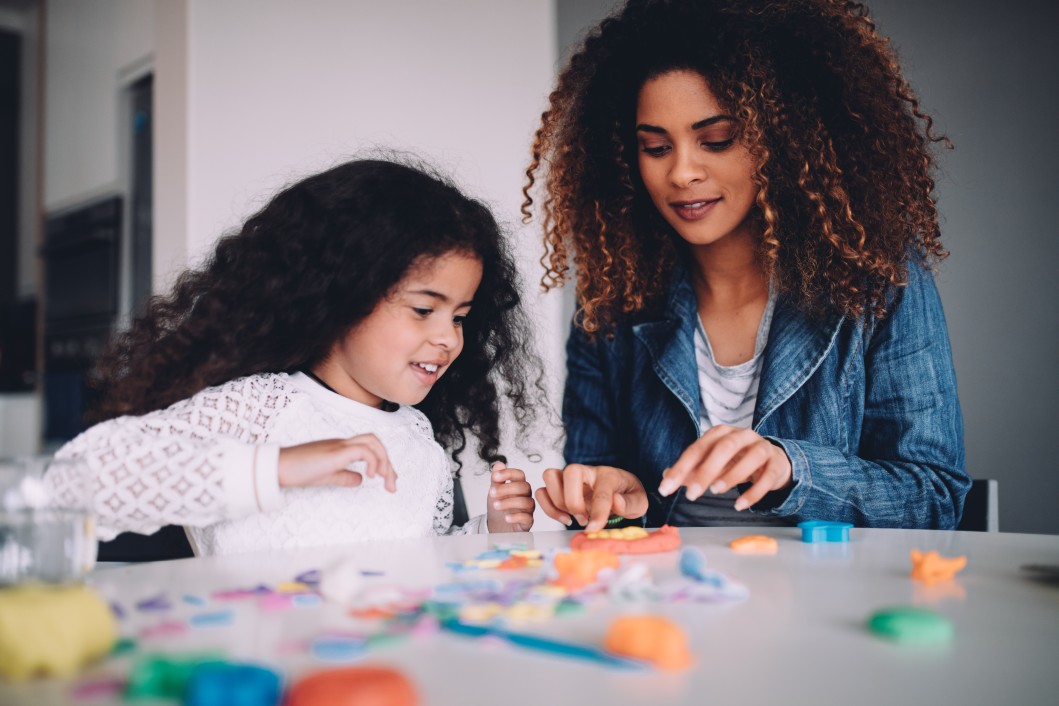If your family spent more time in front of screens this spring than you would have liked, you’re not alone. Now that summer has arrived, it’s the perfect time for some screen-free STEM fun.
That’s why we turned to our teachers at The Coding Space, a Private Prep partner, for their suggestions on how to combine learning with movement. Our virtual summer camp experience, Camp Coding Space Online, utilizes hands-on, STEM-based activities to help students connect with each other, get a break from their computers, and reinvigorate focus. Many of these activities translate wonderfully to the home environment and may even spark an interest in coding in your youngster. We recommend spending at least 15 minutes per day on STEM-based activities, but these games are so fun, we bet the play—and learning—will continue well beyond that. Here are some of our favorites:
Code the Kid (2-6 players)
In a programming play on the old schoolyard favorite Simon Says, this game asks players to practice coding language to get the “kid” (the person selected to be coded) to accomplish tasks.
How to play: First, set a goal for the “kid” to achieve: maybe opening a window, walking to the door, or even getting them to put away toys. Then, get them in their starting position, and ask another player to issue a single line of code (i.e. “turn 25 degrees to the left” or “move three steps forward”). When the “kid” has carried out that code, the next player issues a command, and so on. You can even add in physical obstacles, like placing a chair in the middle of the room. It’s also fun for parents to be the “kid” and show what happens when commands aren’t specific enough, say, “walk forward” (indefinitely) versus “walk forward three steps”.
Secret Codes
Encoding and decoding puzzles is a great way for children to apply logic, experimentation, and pattern-mapping skills to a problem. Use the Pigpen cipher to send secret messages. Once they’ve cracked it, have them write a coded note to you.
Pigpen Cipher: This cipher is an easy way to get kids problem solving and crafting their own secret messages. In this cipher, each letter of the alphabet is represented by the shape of the grid that surrounds it. Watch this video for a straightforward explanation of how to use it, then write this key out for kids to solve:

There are lots of great ciphers to explore once kids have cracked this code. We also recommend the Ceasar cipher (which Roman emperor Julius Caesar used to communicate secretly with his armies) and, for more advanced code-breakers, the Playfair cipher. Get crackin’!
The Lego Maze
This hands-on activity encourages kids to guide characters through a maze of their own making while developing an understanding of coding concepts like loops and conditional statements, skills they’ll need throughout their programming journey. And with four levels of difficulty, this activity is perfect for coders of all skill levels. Here’s a great resource including instructions and printable materials.
Binary Bracelets
Perfect for makers, this craft introduces children to the simplest form of computer code—and results in a fun fashion accessory. For this activity, you’ll need string, beads in two colors, and access to the ASCII – Binary Character Table. Pick which color will represent 0 and which will represent 1. Then, find the letters of your name (or initials, if the name is longer than a few letters) on the binary chart. For example, if the letter was A, the beads would be: 01100001. This is a great opportunity to learn how computers process numbers and symbols.
Loop-da-Loop
Music-loving kids can learn the importance of loops and sequences in coding by repeating specific dance moves to their favorite tunes. First, pick a song that they like to dance to, then help them select a few specific moves. Small, deliberate moves work best. Once they’ve mastered the initial moves, and can do them repeatedly, introduce different kinds of loops in the form of modifications to the dance: spinning in a circle, touching their head, and more. The result is a fun, and wacky, dance-off!
We hope these suggestions inspire some fun offline learning for you and your child. To learn more about how our curriculum inspires computational thinking skills in children, visit The Coding Space. And for more suggestions and help with homeschooling, contact us.




